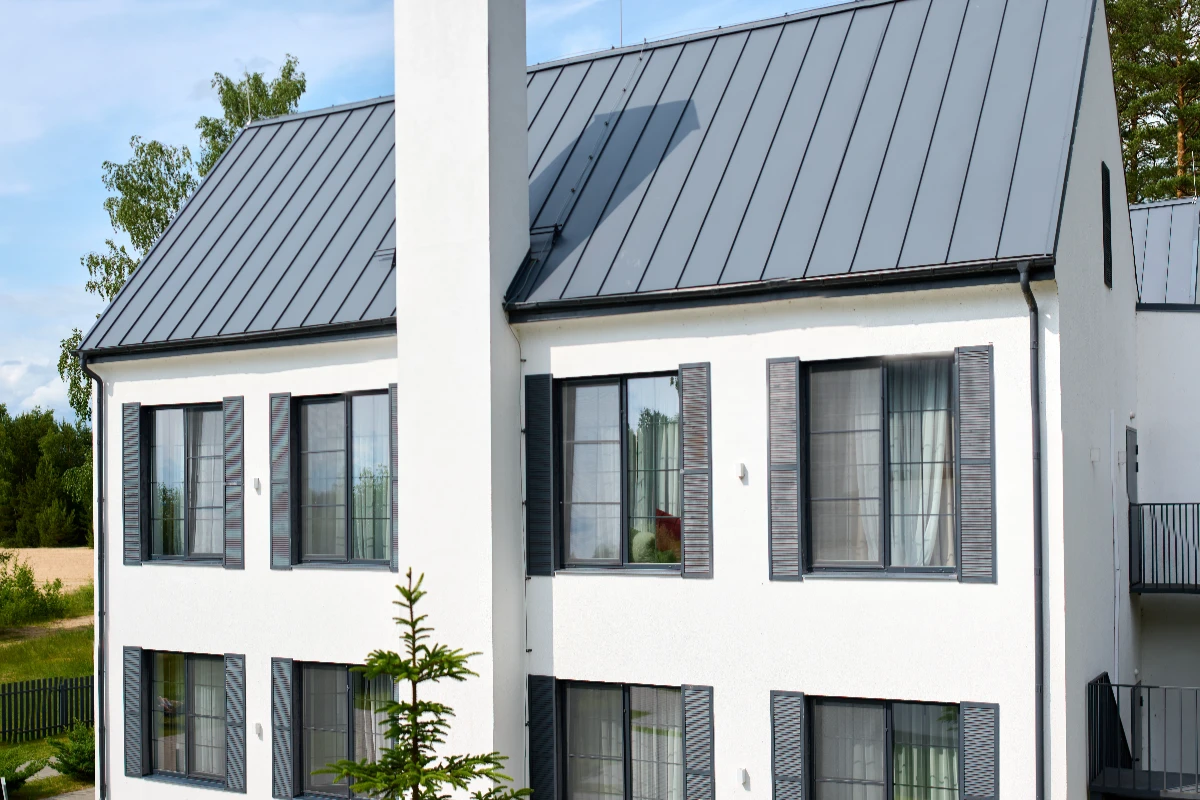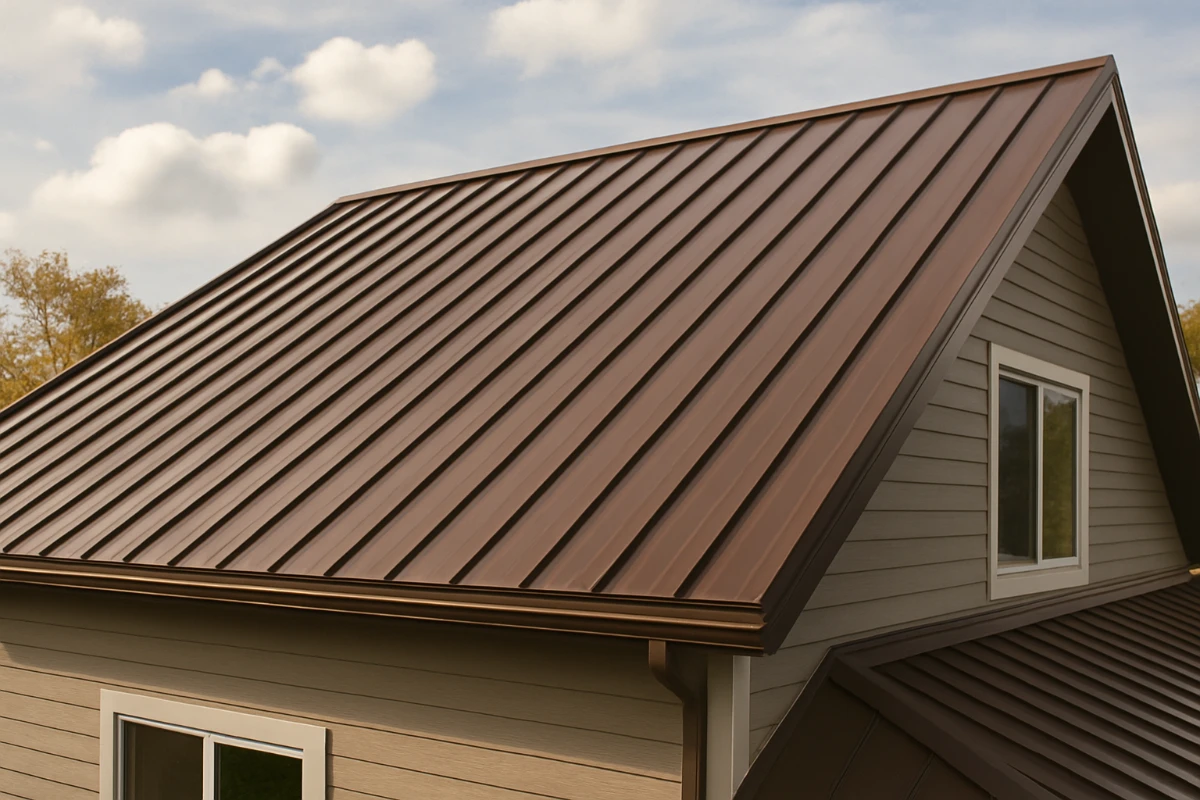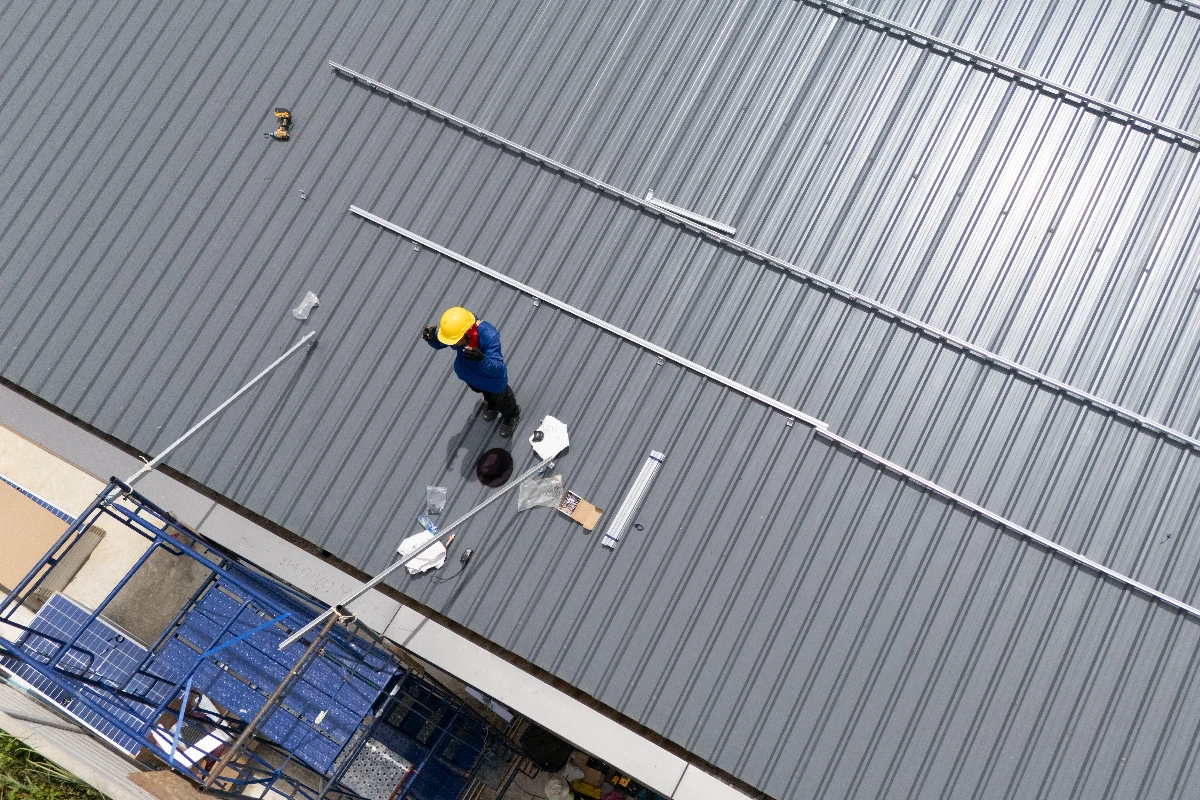
Idaho winters are no joke. One week can bring powdery snow and calm skies. The next week can deliver icy mix, wind, and a fast thaw. Roofs in Boise and across the Treasure Valley deal with constant temperature swings, heavy snow loads, and the occasional hailstorm. The result is stress on fasteners, flashing, underlayment, and the roof surface itself. If you are deciding between roof materials before winter, metal is built to handle the chaos.
This guide explains how metal roofing protects your home from snow and hail, where shingles often struggle, and what you can do now to prepare for the colder months.
Why winter is so hard on roofs in Idaho
Daily freeze and thaw cycles push moisture into tiny gaps and then expand it as ice. Snow piles up, then slides, then refreezes at the eaves. Hail arrives with fall and spring storms. Each of these forces shortens the lifespan of common roofing materials. Asphalt shingles can curl, lose granules, and tear at nail heads. Open seams can appear around vents and skylights when materials expand and contract.
Metal roofing responds differently. The panels lock together with secure seams. Coatings resist abrasion. Fastening systems are designed to flex without loosening. When installed with proper underlayment and ventilation, metal keeps meltwater moving and prevents many of the issues that lead to leaks and interior damage.
Snow shedding and reduced ice dams
Snow removal on a steep roof is risky. A smoother metal surface sheds snow more easily than rough asphalt shingles. That means less weight sitting on rafters and trusses after a storm. When snow slides off in manageable sheets, it lowers the chance of structural overload and reduces the time meltwater sits above the heated part of your home.
Ice dams form when heat from the home melts snow higher on the roof and that water refreezes at the cold eaves. The solution is not just the roof surface. It is the system. Good attic insulation, balanced intake and exhaust ventilation, and a sealed air barrier keep heat in the living space so snow stays frozen until it can safely shed. If ice dams have been a problem in past winters, start with an attic check and talk to your roofer about high performance underlayments at the eaves.
For a clear primer on ice dams and winter safety around roofs, see the FEMA roof snow load fact sheet. It outlines how snow weight and melt patterns can affect different roof types and why proper maintenance matters.
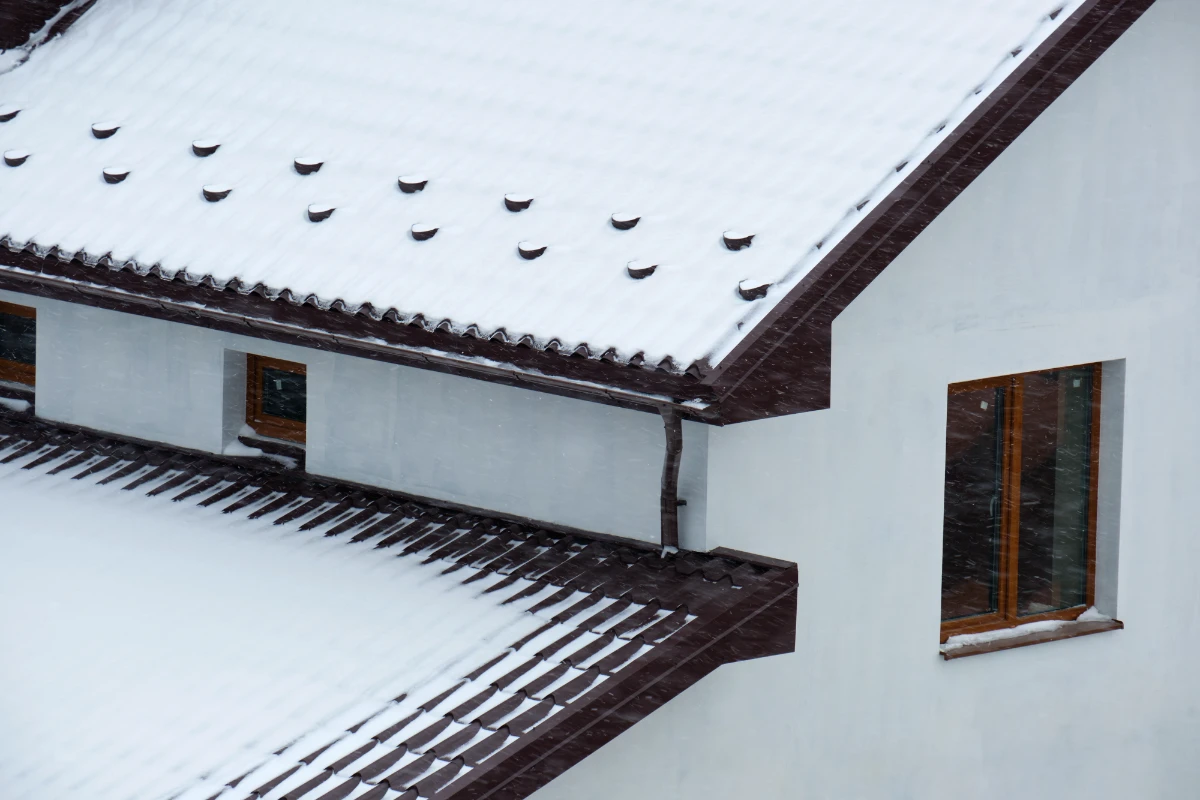
Hail and wind performance
Hail can bruise asphalt shingles and knock off protective granules. Over time that damage exposes the mat, speeds UV aging, and leads to leaks. Many metal roofing systems carry high impact ratings and resist cosmetic and functional hail damage far better. Metal also performs well in high winds when panels are fastened to manufacturer specifications and local code.
To understand where hail events are more common in the region, check the National Weather Service hail maps and climatology pages. A good starting point is the NOAA Severe Weather 101 hail overview.
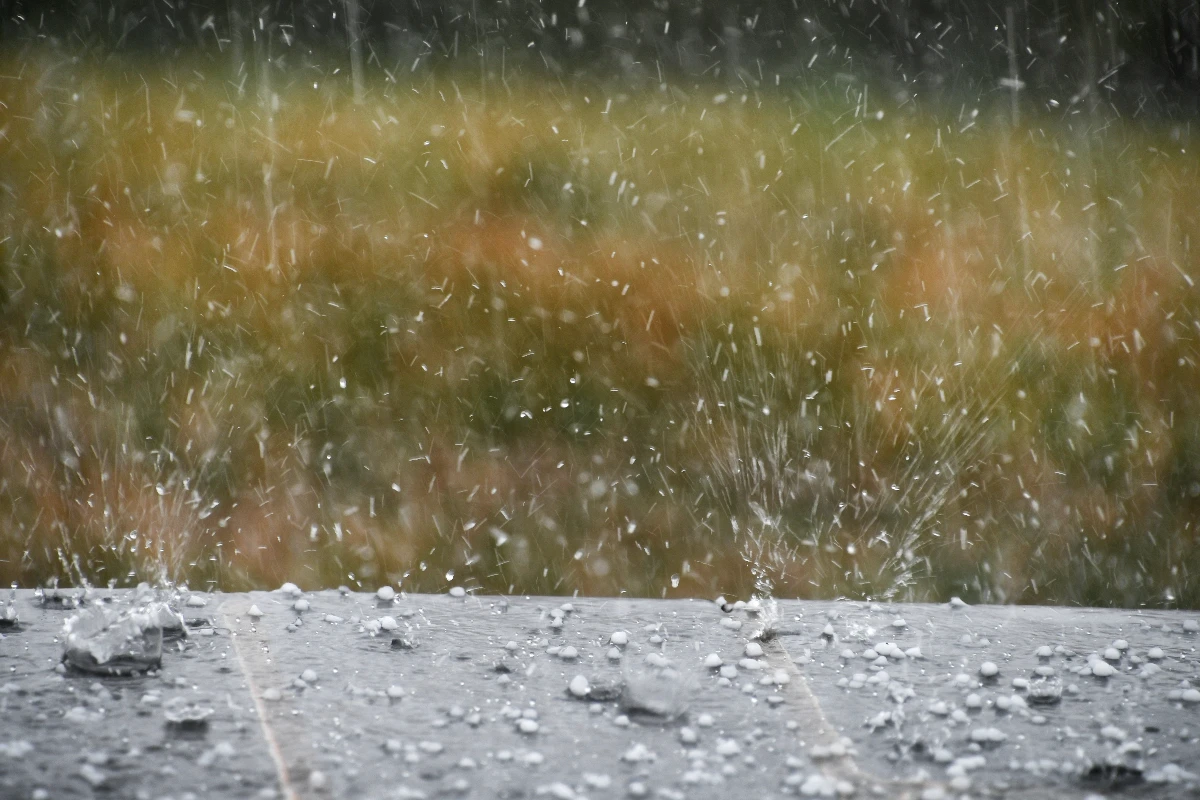
Cost and ROI compared to another shingle replacement
Shingles usually need replacement at 15 to 20 years in Idaho. Many homeowners end up replacing a shingle roof twice in the time a metal roof can last. That has a cost beyond materials. There is the disruption of another tear off, the risk of interior damage during a failure, and higher maintenance in between. Metal roofs reduce those repeat costs and protect interior finishes and insulation by lowering the chance of leaks from ice dams and blown off tabs.
If you are weighing the budget before winter, ask two questions. What will it cost if the current roof fails during a storm. What is the total spend over the next 30 to 40 years for each option. Homeowners often find metal is the more stable choice over time.
What a winter ready metal roof system includes
A roof is more than panels. The best winter performance comes from a complete system.
- Underlayment at the eaves and valleys. Use an ice and water barrier in vulnerable zones to stop wind driven rain and back up from ice dams.
- Balanced ventilation. Combine soffit intake with ridge exhaust so warm, moist air leaves the attic before it can melt snow on the roof deck.
- Proper insulation. Air seal the attic floor and bring insulation to recommended R values. This keeps living space heat inside where it belongs.
- Snow retention or drift control where needed. On entries, walkways, and over garage doors, add snow guards or rails to manage how and where snow releases.
- Flashing details. Pay attention to chimneys, skylights, and wall intersections. Precision flashing work is what keeps meltwater out when snow starts moving.
Quick pre winter checklist for Idaho homeowners
Use this simple list to prepare before the first major snowfall.
- Schedule a roof inspection to look for loose fasteners, aging sealant, and worn flashing.
- Clear gutters and downspouts so meltwater can exit quickly.
- Trim back branches that could scrape or drop heavy snow onto the roof.
- Confirm attic ventilation is clear and insulation is not blocking soffit vents.
- Add marked snow stakes along walkways if the roof sheds toward paths or driveways.
Our team can help you prioritize the most important items for your home’s layout. Start with our Our Services page to see installation and replacement options, then check common questions on the FAQ page. If you want to compare materials, our post on How Metal Roofing Saves Energy in Idaho Summers shows how reflective coatings reduce heat gain in the warm season. For homeowners already seeing warning signs, review 7 Signs It’s Time to Replace Your Roof.
Why timing matters in October
Fall offers cool temperatures and steadier weather windows for installation. Material lead times are more predictable than mid winter and there is usually enough time to complete tear off, repairs to the deck, and a weather tight dry in before the next system arrives. Booking now helps you avoid the rush that comes after the first storm.
If you need more technical background while you plan, two reliable resources are worth bookmarking. See the FEMA roof snow load fact sheet for practical guidance on snow weight and melt patterns, and the NOAA Severe Weather 101 hail overview for how hail forms and why certain patterns repeat in shoulder seasons.
Work with a local team that builds for winter
A well installed metal roof is a long term investment in comfort and peace of mind. At Metal Roofing Boise, we design and install systems that handle snow, ice, wind, and wide temperature swings. Explore options on Our Services, and when you are ready to plan, and Contact Us to schedule a consultation.
Ready for winter. If your roof struggled last year or you want to avoid a mid season emergency, reach out today. We will help you choose the right system and get on the calendar before the first major storm.

